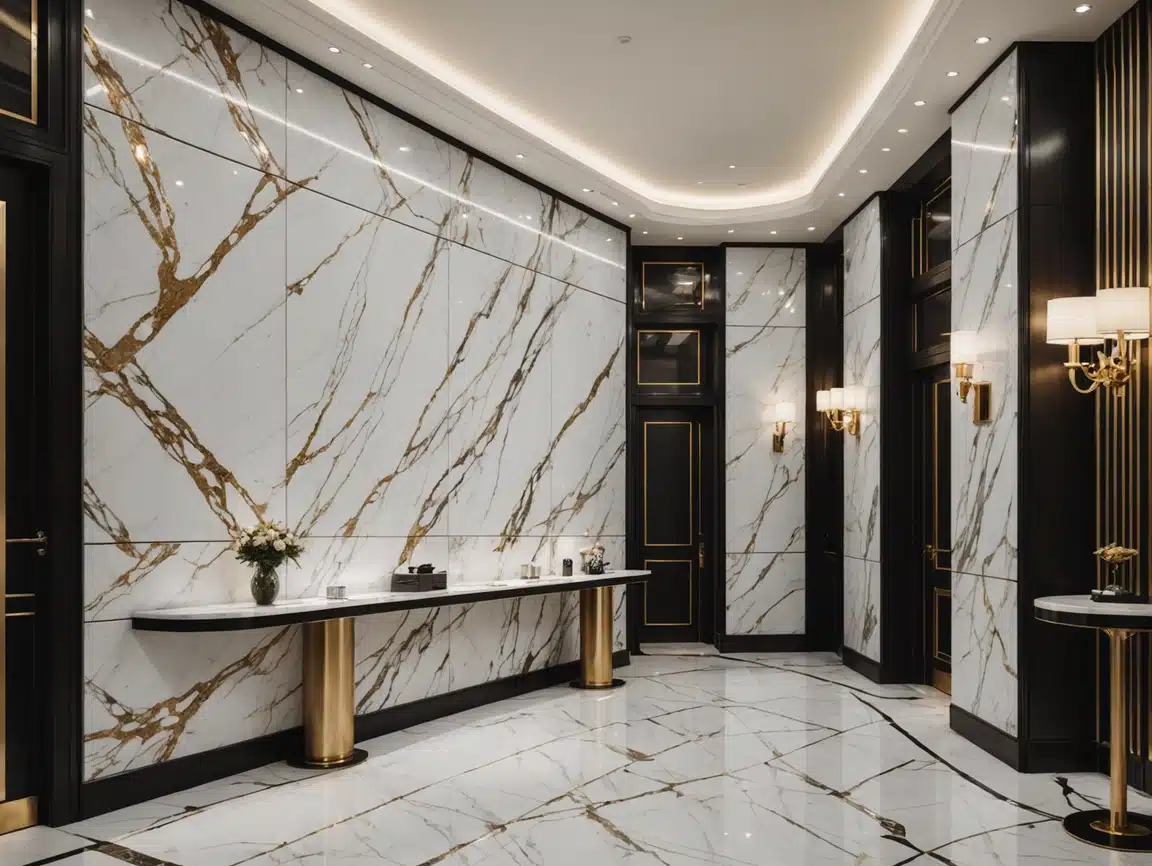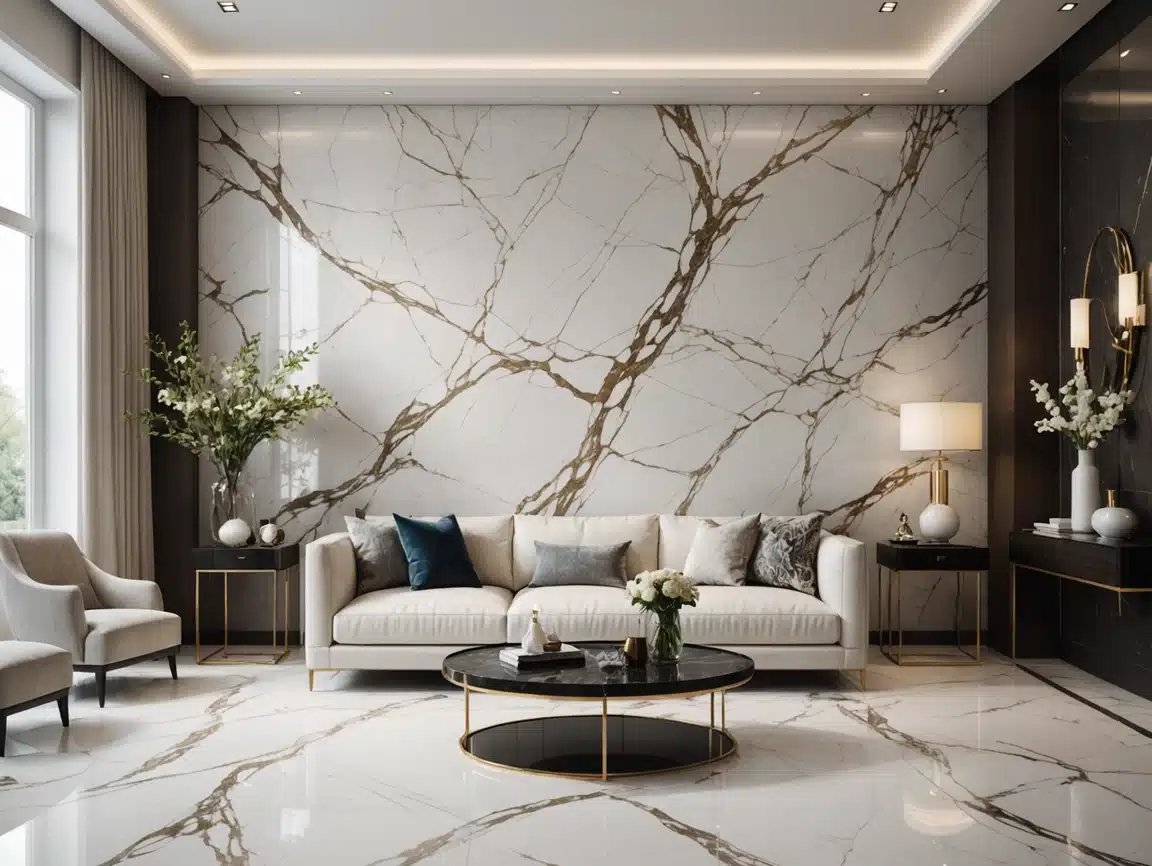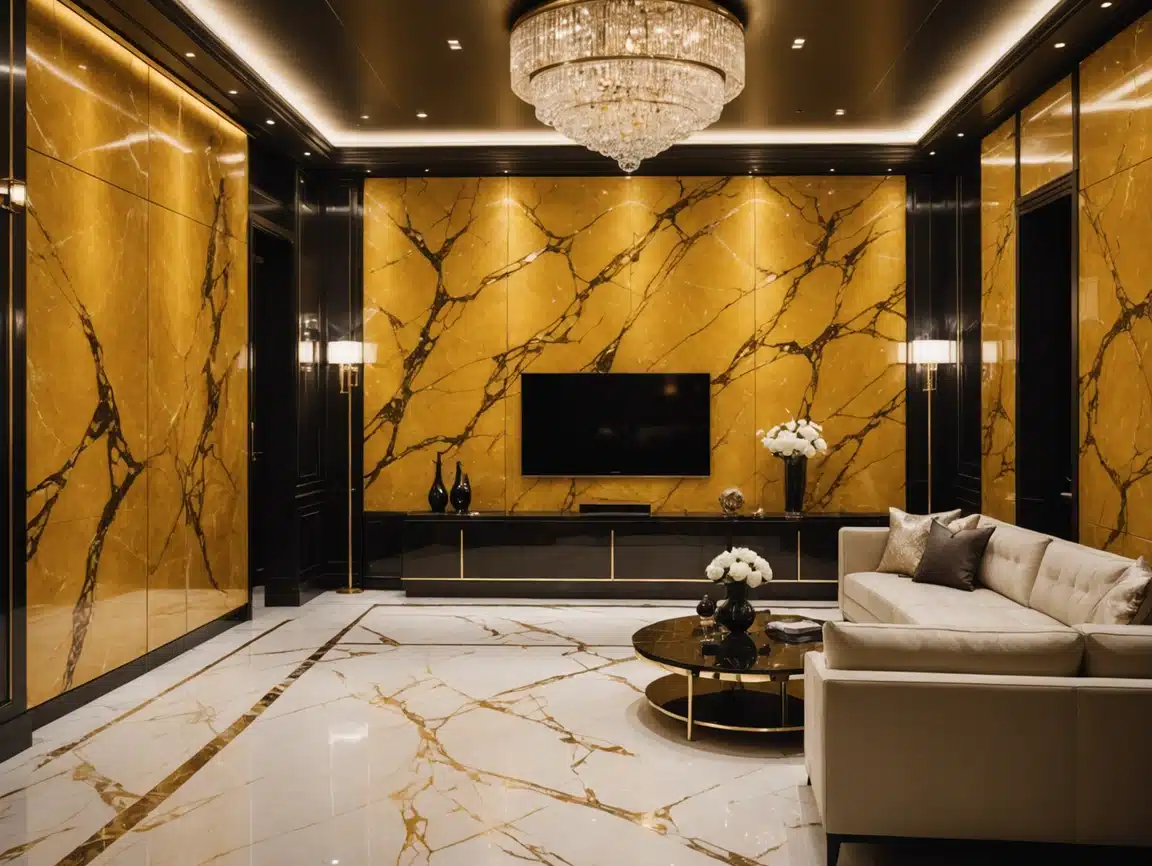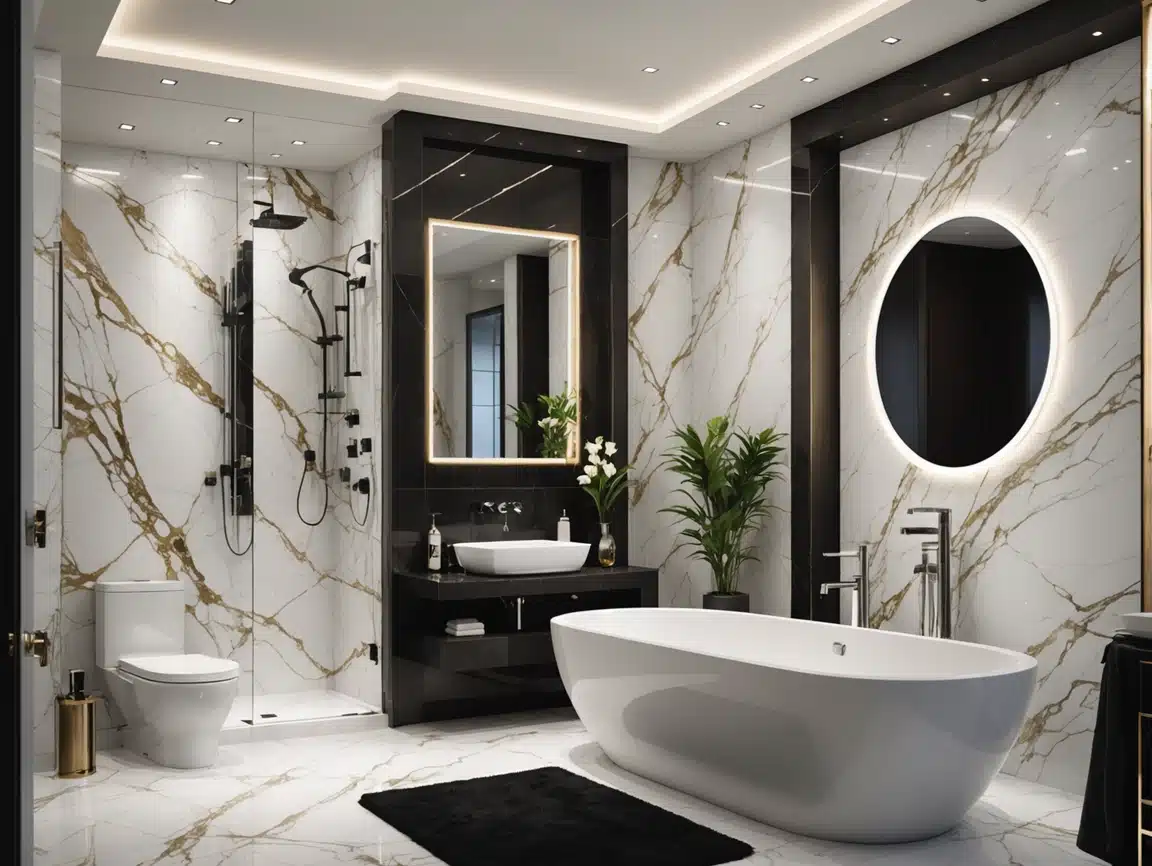What is WPC Material?
The Ultimate Wood-Plastic Hybrid
(Plus Where to Use It & Why Builders Love It)
🔎 WPC Explained in 30 Seconds
WPC = Wood Plastic Composite → 60% recycled materials (sawdust + plastic bags/milk jugs) bonded into planks/panels. It looks like wood but performs like weatherproof plastic.
[Typical Recipe]
◻ Recycled Wood Fibers: 50-70%
◻ Polyethylene/PP Plastic: 30-45%
◻ Binding Agents: 5-10%
◻ UV/Color Stabilizers: 3-5% 🏆 Top 6 Reasons WPC Beats Traditional Materials
| Feature | WPC | Wood | PVC |
|---|---|---|---|
| Water Resistance | ✅ Submersion-proof | ❌ Rotting risk | ✅ Good |
| Maintenance | 🚫 Never stains/fades | ⏳ Annual sealing | 🚫 None needed |
| Durability | 25+ year warranty | 8-15 years | 15-20 years |
| Eco-Friendliness | ⭐ 95% recycled content | 🌳 Deforestation | ⭐ 50% recycled |
| Installation | Snap-lock (DIY-friendly) | Nails + skills | Glue + cutting |
| Temperature | 🥵❄️ -40°F to 176°F safe | Warps in humidity | Melts at 160°F |
🔧 How WPC is Made: Step-by-Step
- Waste Collection
- Wood mills → Sawdust
- Recycling plants → Plastic flakes
- Blending
- Mixing at 350-400°F → Molten “dough”
- Extrusion
- Forced through molds → Decking/panels
- Texturing
- Embossed wood grain/stone patterns
- Coating
- UV shield layer → Anti-fade protection
Modern WPC contains zero toxic glues (unlike 2000s formulas)
🌍 Where to Install WPC Like a Pro
✅ Best Applications
- Outdoor:
- Decking (superior grip vs wood)
- Balcony walls & ceilings
- Poolside surrounds
- Wet Areas:
- Shower walls (no grout!)
- Sauna interiors
- Fish pond edging
- High-Traffic Zones:
- Restaurant patios
- Hospital hallways
- School lobbies
⚠️ Avoid These Uses
- Fireplace surrounds (>175°F melting risk)
- Structural supports (not load-bearing)
- Under car tires (driveway requires pavers)
📊 WPC Performance by the Numbers
| Test | Result | Standard |
|---|---|---|
| Water Absorption | 0.2% (vs 8% for wood) | ASTM D1037 |
| UV Fade Resistance | 25+ years | ASTM D2565 |
| Slip Resistance (Wet) | Class A (BCA approved) | AS 4586 |
| Fire Rating | Class B | UL 94 |
| Termite Resistance | 100% immunity | ISO 846 |
💰 Cost Analysis
| Project | Wood Cost | WPC Cost | Savings Over 10 Years |
|---|---|---|---|
| 300 sq.ft Deck | $2,400 | $3,900 | $2,800 (no refinishing!) |
| 40 sq.ft Shower | $1,760 (tile) | $520 | $1,240 + 35 hrs labor |
| 150 sq.ft Balcony | $1,050 (paint) | $1,350 | Zero maintenance time |
Tip: Witop WPC prices start at $1.85/sq.ft for contractors
🛡️ 7-Step Buyer’s Guide
- Check Density → >0.65 g/cm³ (avoid hollow/flimsy cores)
- Verify Coatings → UV12 rating minimum
- Warranty Length → 25 years coverage on color/structure
- Toxicity Screen → SGS report (heavy metal/VOC free)
- Fire Certification → UL Class B/Euro B-s1,d0
- Slip Rating → “R10+” for wet areas
- Recycled Content → 80%+ for eco-projects
🌱 Eco-Impact: Better Than Expected
WPC’s Carbon Footprint:
■ 300 sq.ft WPC deck = **1,200 lbs CO2**
■ Same wood deck = **3,100 lbs CO2**
■ **Carbon Offset**: Removes 18 milk jugs + 2 lbs sawdust per panel from landfills 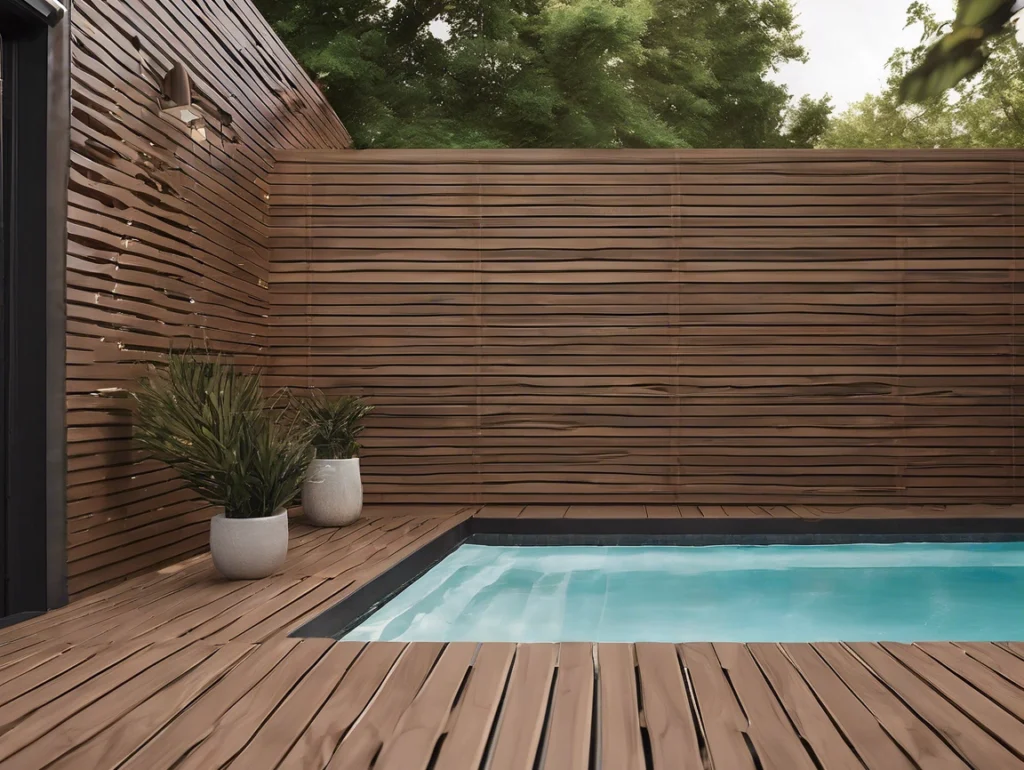
🔗 Where to Buy Trusted WPC
- Witopdecor.com:
▶ Free samples shipped same-day
▶ ISO 14001 certified
▶ Custom length cutting - Contractor Direct:
Witop PRO program (35% off bulk)
Free samples
In recent years, composite products have become more and more popular all over the world. We believe you will also be interested in this new material. If you are interested, you can come to consult us. We have a professional service team that can not only answer any questions you may have but also provide you with free samples. Let you better understand the composite products. There is no doubt that composite wall panels will be the new future.
Share

James is a content creator and decorator with five years of experience designing home decor. In his daily life, james is constantly on the lookout for the latest, great examples of house design and further optimizes his solutions. Additionally, he writes articles related to outdoor design, interior design, and architectural decorating materials to help brands build more engaging relationships with their audiences.

